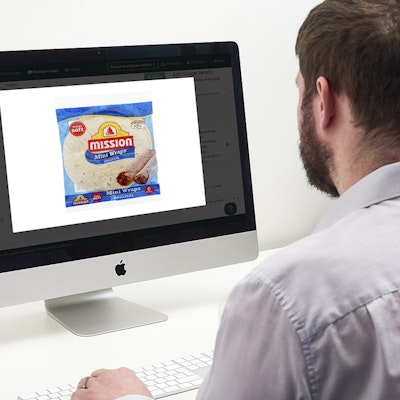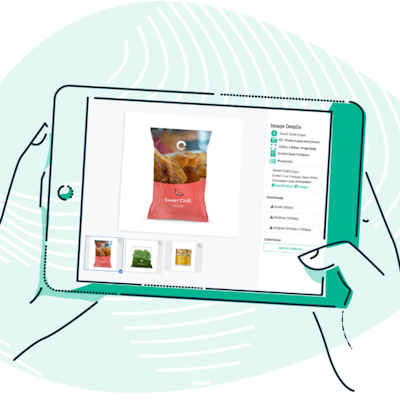Food Safety Cheat Sheet: Fish and Shellfish Guidance
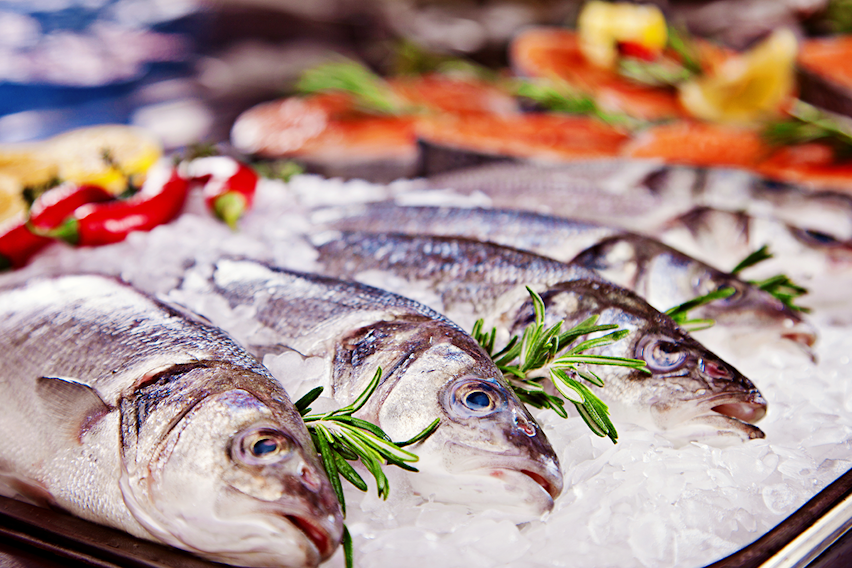
When it comes to food safety around fish and shellfish, there’s a lot to remember. But given the prominence of seafood on menus across the United Kingdom - particularly in the summer months when fish makes a lighter alternative to meat - it's important that Caterers and home cooks know what they should and shouldn’t be doing to stay safe.
Improperly cooked or bad seafood can result in severe cases of food poisoning, and potential repercussions for your business. That’s why we’ve put together this cheat sheet of advice and guidance on buying, preparing, cooking and serving seafood to help you do it right...
Only purchase fish that has been processed or handled by approved fisheries
Premises that handle or process fishery products and live bivalve molluscs must be approved under European Union Regulation 853/2004, under retained EU law. You can find out more about Regulation 853/2004 here.
Check fish for visible parasites
Fish parasites can be a problem in several species of fish including salmon, herring, cod and monkfish. These parasites can cause illness or even trigger an allergic reaction in humans, and if visible should have already been removed before the product is sold. If the product is sold with parasites visible on it, this is an indication that the premises from which it was purchased may not be adequately following guidance or even regulations.
Learn what kills parasites in fish
Not all fish parasites are visible, which is why it is important to know that both cooking and freezing the fish product will kill them.
Some fish are less at risk from these parasites than others - for instance farmed salmon is thought to pose a low risk of parasites.
Understand Fish freezing requirements
Fish freezing requirements apply to most food businesses that sell fish, including restaurants, fish suppliers and fish buyers.
Certain fish intended to eat raw and treated fish products where the processing treatment doesn’t kill the parasites need to be frozen before use/consumption.
These include:
- Sushi
- Sashimi
- Cold smoked fish where the smoking process does not achieve a core temperature of 60 degrees celsius for at least one minute
- Carpaccio
- Some pickled herring products
- Some marinated fish products
- Salted fishery products
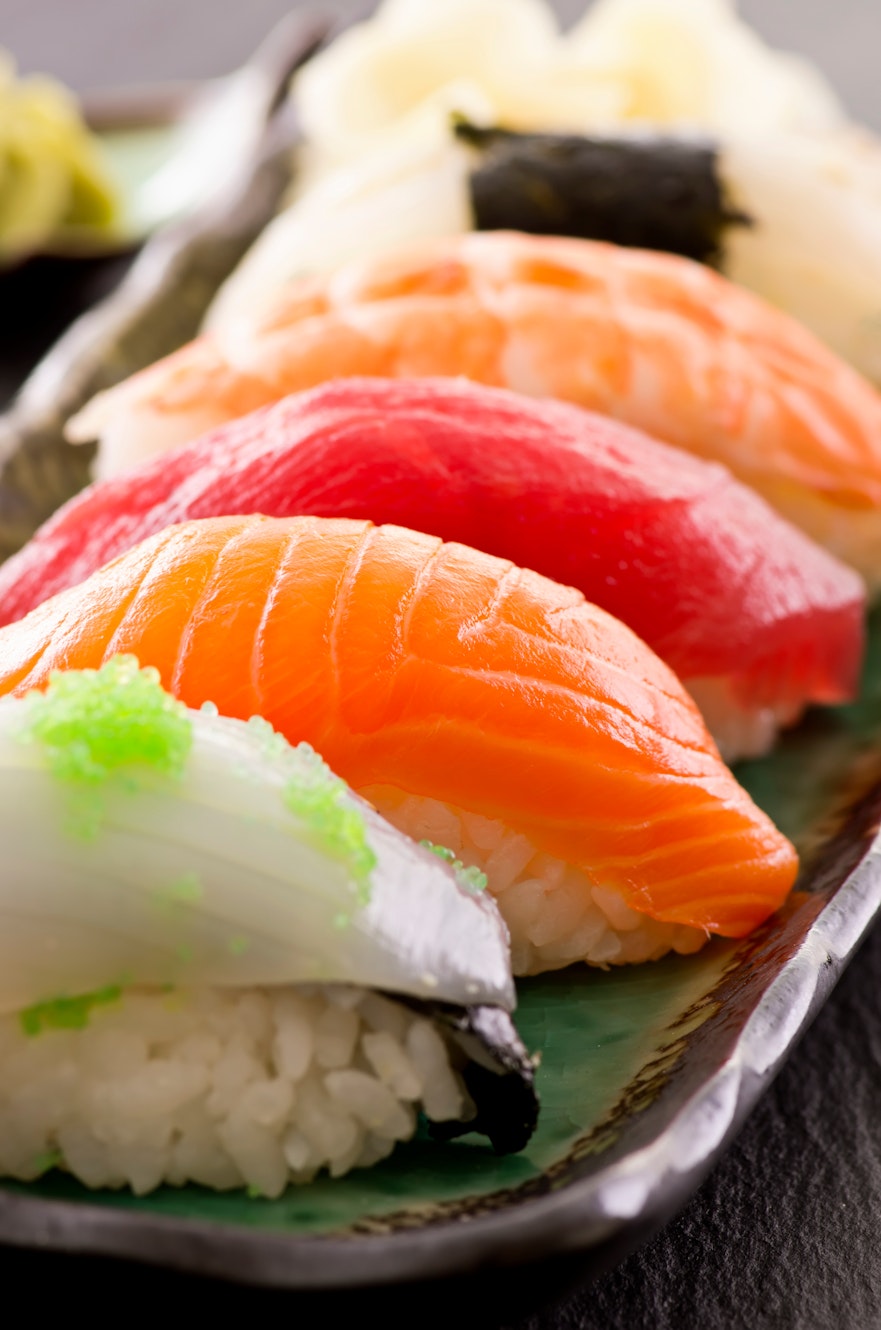
Exemptions
There are some exemptions to the freezing requirements, for which Food businesses do not need to apply a freezing treatment to fishery products if they meet the conditions for exemption.
To meet the exemption fish must have been reared under conditions with minimal parasite infection risk.
Here is such an example: “We [Food.gov] have authorised an exemption from freezing for wild catches. This requires evidence from epidemiological data showing that the fishing grounds of origin do not present a health hazard with regard to parasites. This applies where farmed fish have been cultured from embryos that are fed on a diet that cannot contain viable parasites.” Read the full document here.
When buying fish ask the supplier about freezing
A supplier should be able to inform you of any freezing treatments used on the fish you are purchasing, should it be a product that requires freezing treatment, and provide documentation.
If the required freezing treatment has not been carried out (and if no documentation has been provided that should be assumed to be the case) you can do it yourself. You can find more information on what is legally required in the food safety management obligations for food businesses under Regulation 852/2004.
Only buy properly chilled seafood
This means the fish or shellfish is covered, refrigerated or displayed on a suitable amount of fresh ice.
Use the sniff test
When purchasing fish make sure it smells fresh and not overly ‘fishy’. This means not sour, or ammonia-like. Whilst fresh fish and ‘Previously frozen’ fish may look different, they should both smell mild.
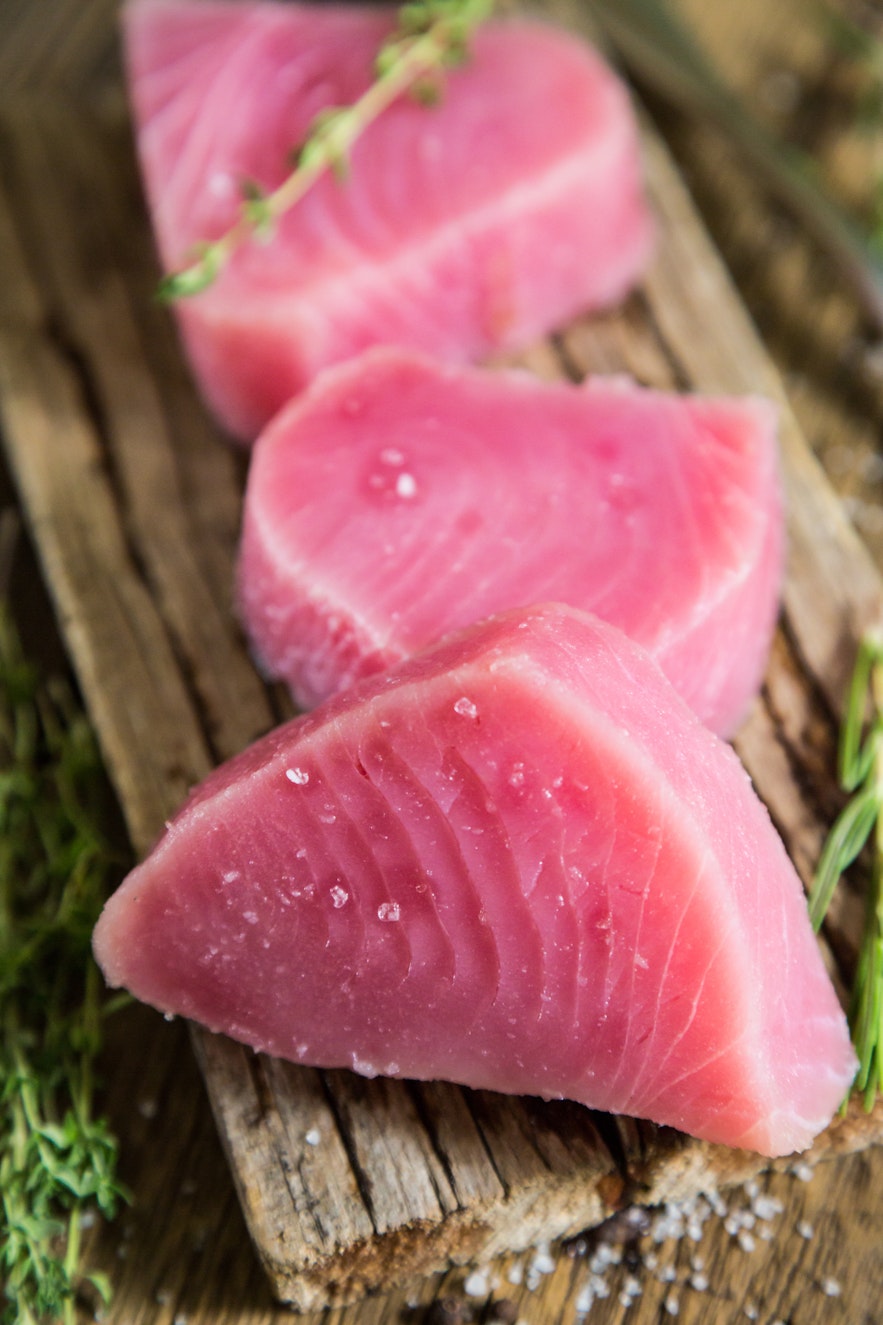
Inspect fish carefully before buying
Good whole fish should have:
- Firm flesh
- No bad odour
- Red gills
Good fresh fillets should have:
- Firm flesh
- Red blood lines, or red flesh if fresh tuna
- Flesh that springs back when pressed
These attributes should be clear on inspection.
Ice fish immediately after purchasing
Seafood should be put on ice or refrigerated within 2 hours of purchase or 1 hour if it has been in the sun, and used within 2 days of purchase unless frozen (in which case it should be wrapped in a moisture-proof cover such as foil beforehand).
Always keep cooked and uncooked seafood separate
This goes for both in the kitchen and at the point of purchase. When buying cooked seafood you should only do so if it is displayed separately from raw seafood by the use of dividers or different containers.
Maintain handwashing
As with all kitchen procedures handwashing is of the utmost importance. Hands should be washed with soap and warm water before and after handling any raw seafood products.
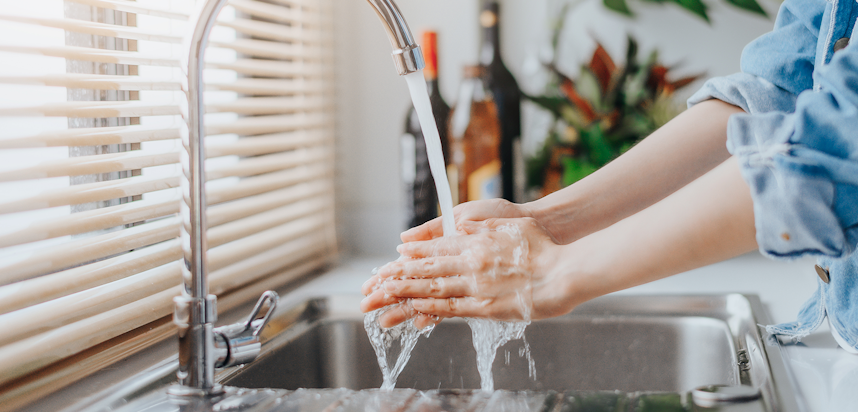
Keep seafood prep areas and equipment clean
During the preparation of fish and shellfish, wash all cutting boards, dishes, utensils and counter tops immediately after use using hot water and soap.
Take extra steps to sanitise
Using kitchen sanitiser or a water and liquid chlorine bleach solution after washing down counter tops and cutting boards etc can add another layer of protection against contamination when handling raw seafood.
Thaw frozen seafood as slowly as possible
The best way to thaw frozen seafood is to place it in the fridge for an extended period of time - such as overnight. If you need it thawed immediately for immediate cooking you can also use the defrost setting on a microwave until the fish is slightly flexible (but still cold).
Be careful when marinating seafood
There are several pieces of advice you should heed when it comes to marinating seafood. Such as:
- Always marinate seafood on the bottom shelf of the fridge, not a kitchen counter top.
- Once the raw seafood has been removed from the marinade to be cooked, the marinade should be thrown away.
- In the instance that you wish to reuse the marinade as a sauce bring to a rolling boil before any further use.
Cook fish thoroughly
One of the most important things to remember when cooking fish or shellfish is to cook it thoroughly. Most seafood should be cooked to an internal temperature of 63 degrees celsius.
You may also be interested in…
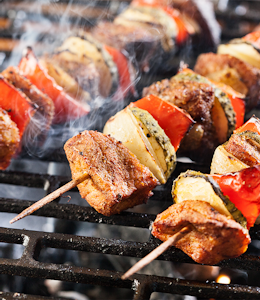
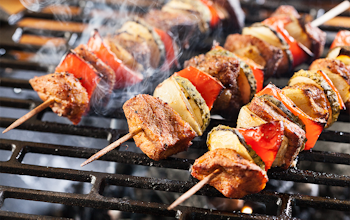
You may also be interested in…
Your Food Safety Cheat Sheet for Summer Dining
ReadFor fish, the fish should be cooked for 10 minutes per inch of the thickest part of the fish. If the fish is in a sauce or cooked in foil a further 5 minutes should be added. Different cooking methods such as frying will likely alter these times slightly.
Use the colour test
If you don’t have a thermometer to check the fish or shellfish’s internal temperature you can use the colour test to determine whether it is sufficiently cooked.
This should be as follows:
- Fish - opaque flesh that flakes easily with a fork.
- Shrimp - pink outer with firm, white flesh. (Boiling 450g of medium shrimp takes from 3-5 minutes).
- Lobster - red outer with white flesh. (When boiling, allow 5-6 minutes per 450g).
- Scallops - milky white and firm. (3-4 minutes of cooking each).
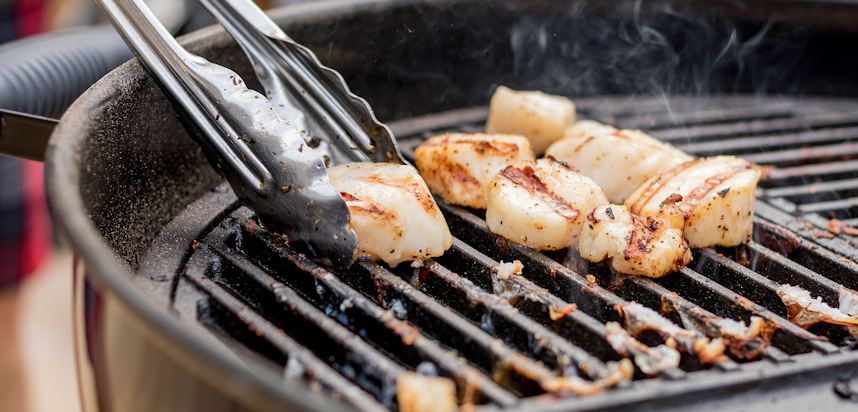
Beware of closed molluscs
When fully cooked, or “done”, clam, mussels and oysters’ shells open. If the shell does not open the mollusc is bad and should be disposed of.
Rotation is key in microwave cooking
Many Caterers rely on microwaves to heat up pre-made food, if you are doing this with seafood you must ensure the dish is rotated several times for even cooking and that the supplier’s timing guidelines are followed.
Refrigerate leftovers immediately
If you have leftover cooked seafood it should be refrigerated as soon as possible. If hot seafood has been left out at room temperature for longer than 2 hours (1 hour if it is warm) it may be spoiled and should be thrown away. You can usually smell spoiled seafood, but it is worth remembering that illness-causing bacteria grows quickly at any temperature between 5 and 60 degrees so it might be spoiling even before the ammonia smell kicks in.
Put picnic food containing seafood on ice
If transporting seafood for outdoor dining pack it with ice or a cold pack andkeep in the shade with the lid closed.
Keep hot and cold seafood separate when serving
This is to keep hot seafood hot and cold seafood cold and prevent either becoming room temperature. Keep cold seafood refrigerated until needed. .
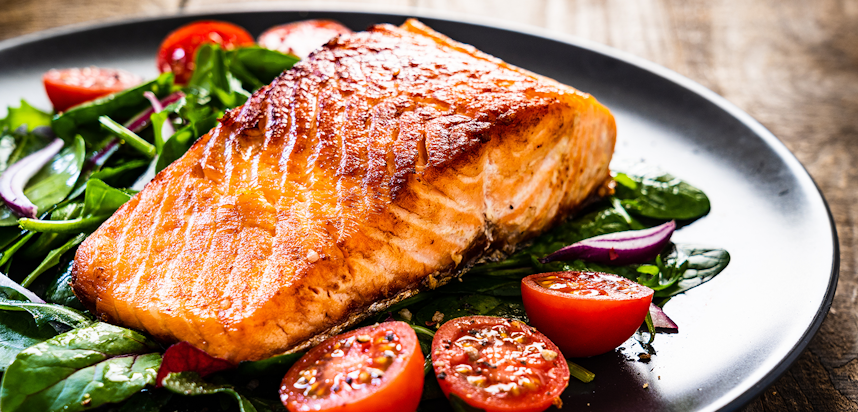
Know when to keep fish heated and when to throw away
Serve hot seafood under a heat source (e.g., hot lamp, crock pot, hot plate, etc.) if it is going to stay out longer than 2 hours. If it is left out at room temperature throw it away after 2 hours.
Further Information
You can get further guidance on seafood safety by contacting the below.
England: lahygieneenquiries@food.gov.uk
Wales: food.policy.wales@food.gov.uk
Northern Ireland: infofsani@food.gov.uk


